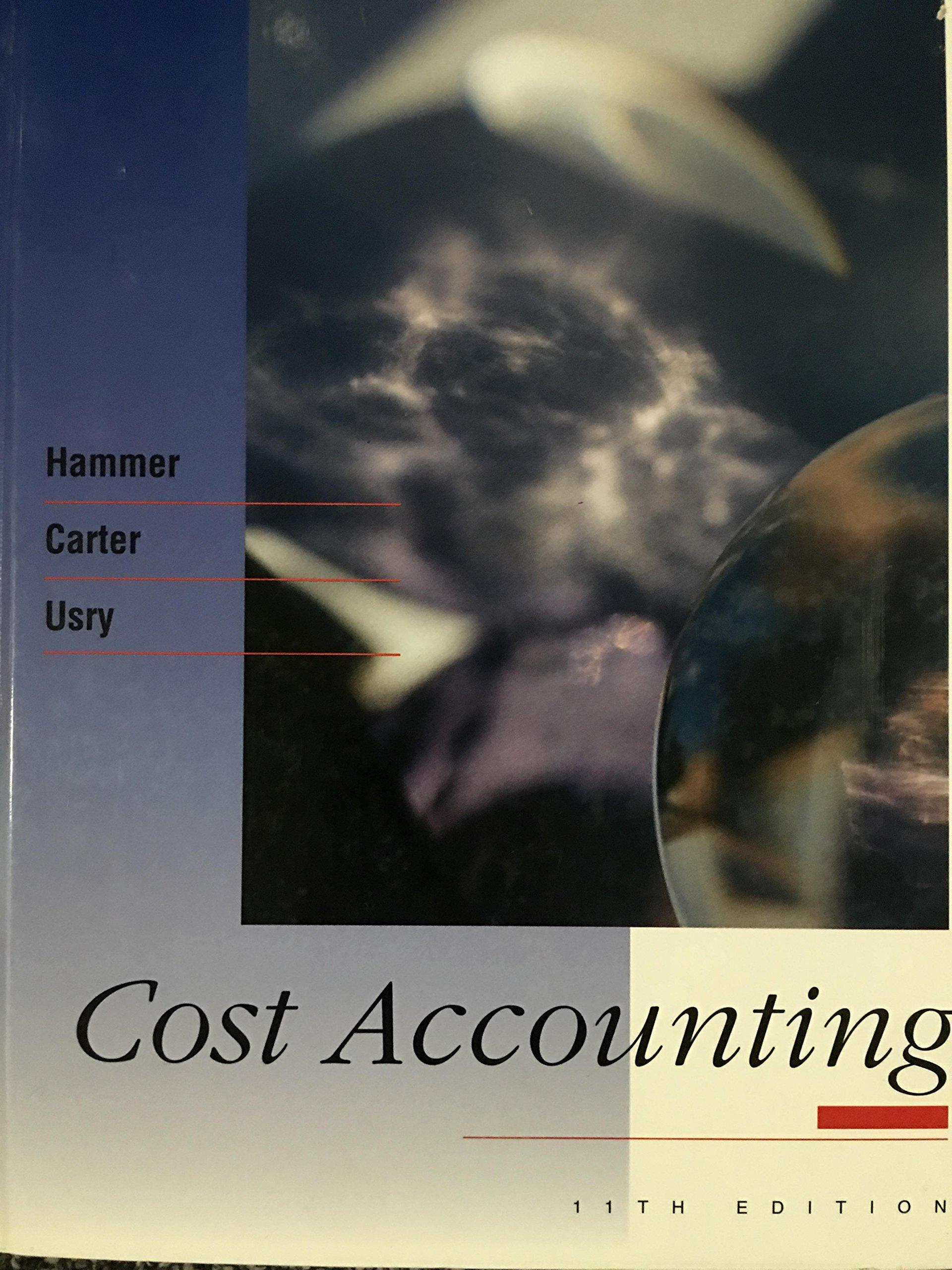Departmental Overhead Rates and Bases. Rose Bach has recently been hired as controller of Empco Inc., a
Question:
Departmental Overhead Rates and Bases. Rose Bach has recently been hired as controller of Empco Inc., a sheet-metal manufacturer. Empco has been in the sheet-metal business for many years and is cur¬ rently investigating ways to modernize its manufac¬ turing process. At the first staff meeting Bach attended, Bob Kelley, chief engineer, presented a proposal for automating the Drilling Department. Kelley recommended that Empco purchase two robots that would have the capability of replacing eight direct laborers in the department. The cost sav¬ ings outlined in Kelley’s proposal included the elimi¬ nation of direct labor cost in the Drilling Department, plus a reduction of manufacturing overhead cost in the department to zero, because Empco applies manufacturing overhead on the basis of direct labor dollars using a plantwide rate.
The president of Empco was puzzled by Kelley’s explanation of cost savings, believing it made no sense. Bach agreed with the president, explaining that as firms become more automated, they should rethink their manufacturing overhead systems. The president then asked Bach to look into the matter and prepare a report for the next staff meeting.
To refresh her knowledge, Bach reviewed articles on manufacturing overhead allocation for an automated factory and discussed the matter with some of her peers. Bach also gathered the following historical data on the manufacturing overhead rates experienced by Empco over the years. Bach also wanted to have some departmental data to present at the meeting and, using Empco’s accounting records, was able to estimate the following annual averages for each producing depart¬ ment in recent years.
Historical Data Date Average Annual Direct Labor Cost Average Annual Manufacturing Overhead Cost Average Manufacturing Overhead Application Rate 1940s
$1,000,000
$ 1,000,000 100%
1950s 1,200,000 3,000,000 250 1960s 2,000,000 7,000,000 350 1970s 3,000,000 12,000,000 400 1980s 4,000,000 20,000,000 500 Annual Averages Cutting Grinding Drilling Department Department Department Directlabor. $ 2,000,000 $1,750,000 $ 250,000 Manufacturing overhead. 11,000,000 7,000,000 2,000,000 Required:
(1) Disregarding the proposed use of robots in the Drilling Department, describe the shortcomings of the system for applying overhead that is currently used by Empco.
(2) Explain the misconceptions underlying Bob Kelley’s statement that the manufacturing overhead cost in the Drilling Department would be reduced to zero if automation eliminated all direct labor in the department.
(3) Recommend ways to improve Empco’s way of applying overhead by describing how it should revise its overhead accounting system:
(a) in the Cutting and Grinding Departments.
(b) to accommodate the automation of the Drilling Department. (ICMA adapted)
Step by Step Answer:

Cost Accounting
ISBN: 9780538828079
11th Edition
Authors: Lawrence H. Hammer, William K. Carter, Milton F. Usry





